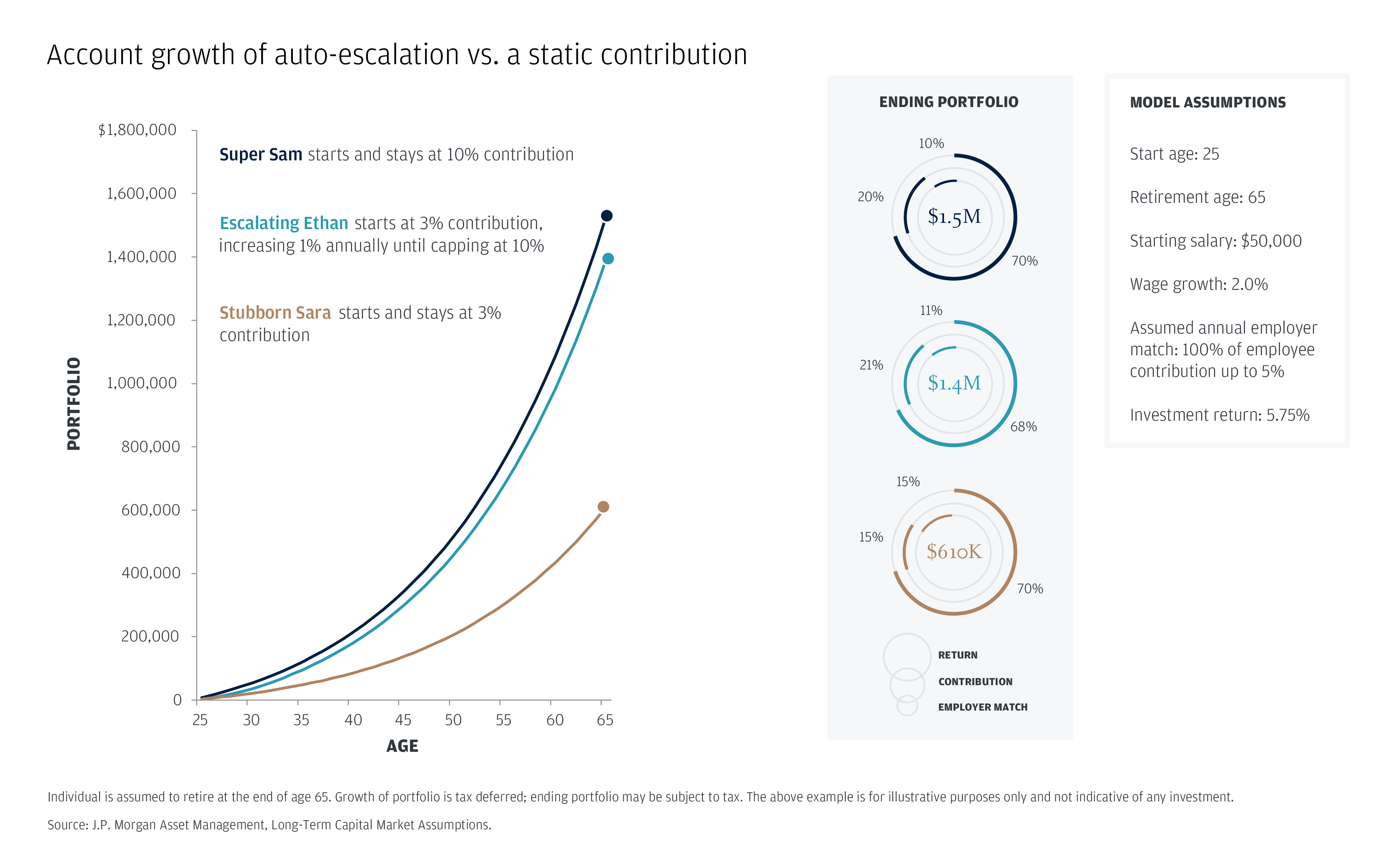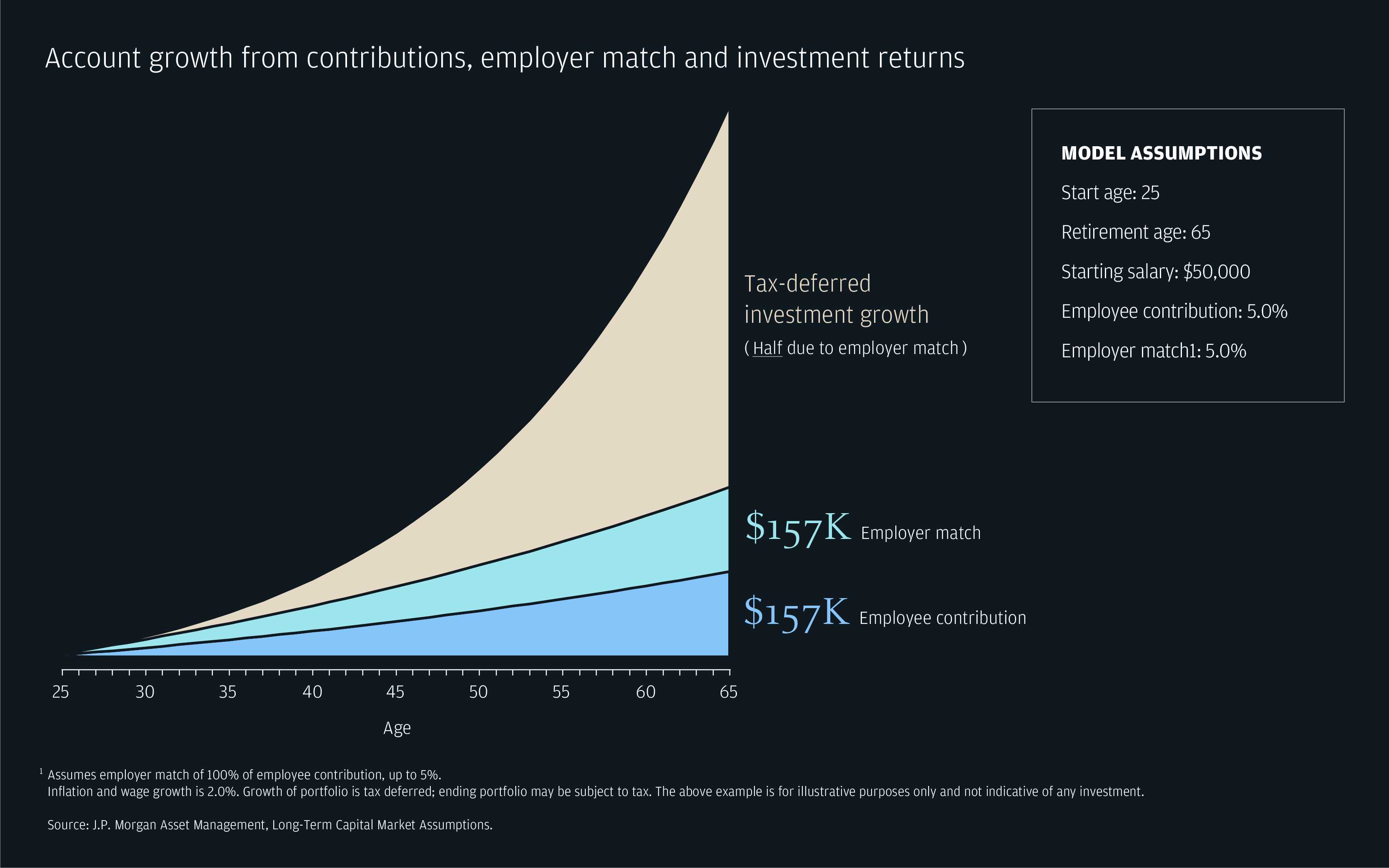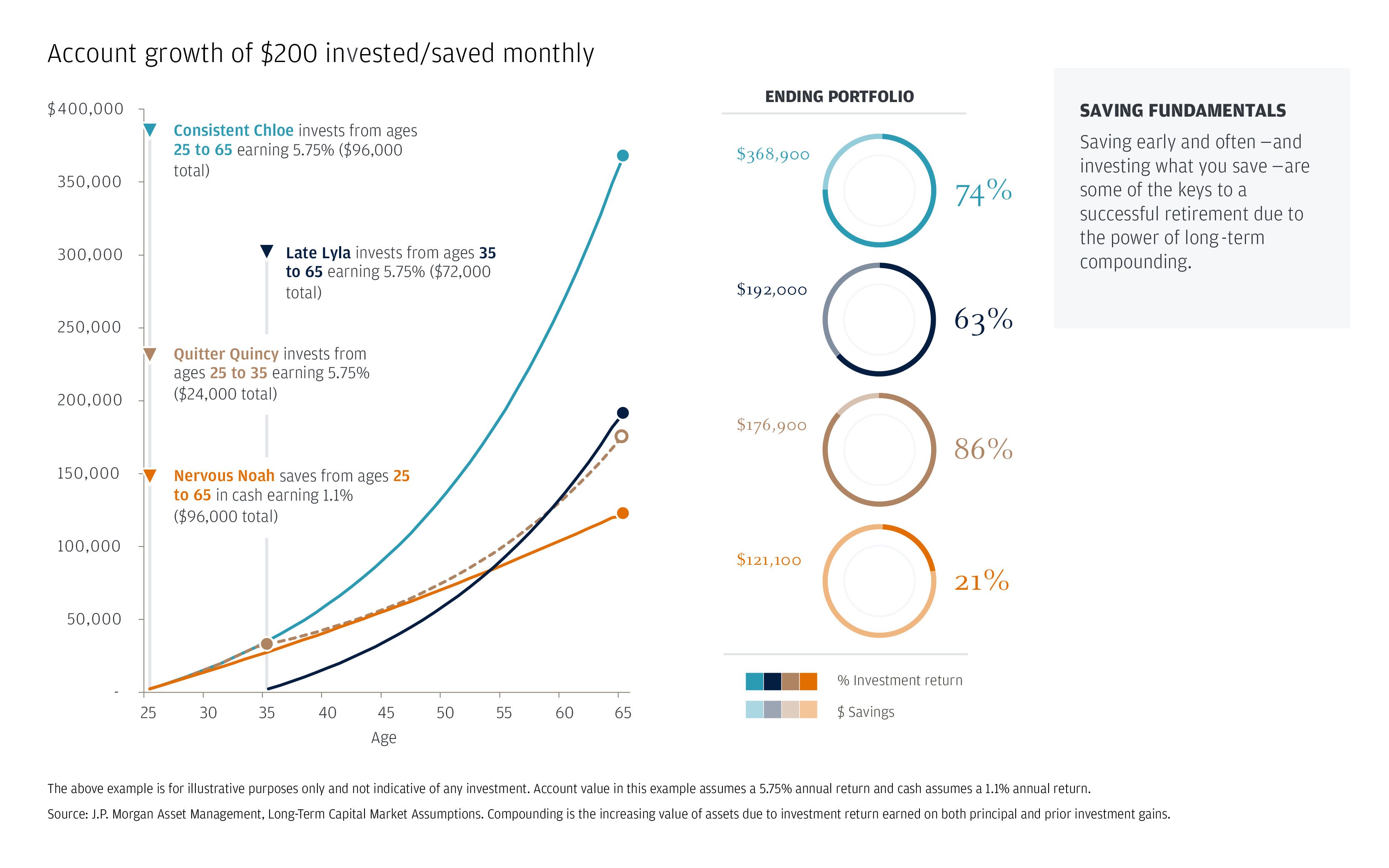
While helping employees save for retirement is important, it’s often outranked by other operational priorities that CFOs must handle. But in a competitive job market, demonstrating that you care about your workers’ financial futures can help you attract and retain talent.
Though you can’t be their personal financial advisor, you can help put your employees on the path to reach a financially secure retirement. Many workers, in fact, are depending on you to help them through the process.
As you assess your 401(k) offerings, use these strategies to help employees get the most out of your retirement plan.
1. Try an automated approach
Many employees can be overwhelmed by the sheer number of investment choices in a 401(k) plan. They may not know how much to invest or which funds to select. One solution: Do it for them.
The majority of plan sponsors now automatically enroll employees in 401(k) plans. By enrolling everyone except those who specifically opt out, you can help overcome employee inertia—one of the biggest hurdles in retirement planning.
You also can help your employees by putting them in target date funds, a diversified mix of investments that automatically adjust over time based on the target retirement date. These funds are managed by a team of experts and can be a good choice for people who don’t have the time or expertise to actively manage their accounts.
And finally, you should consider automatically increasing employee contributions each year. Many companies use this feature and start their employees at a 3% contribution rate; they then add 1% every year to a pre-set limit. (Ideally, that limit would be between 10%-15%). This allows people to put more money in their 401(k) as their salaries increase over time.

2. Stretch the match
Most companies with a 401(k) plan provide matching contributions. This money is on top of the contributions that employees make on their own. Matches can take several forms, but typically fall into one of these categories:
Partial match: The company uses a formula to match a portion of employee contributions. For example, a plan may match 50 cents on the dollar up to 6% of an employee’s salary.
Full match: These dollar-for-dollar matches are more generous, but they also come with limits. A company, for instance, may make equal matches up to 4% of an employee’s salary.
Stretch match: These require employees to contribute a higher amount to get the full employer match. These matches are typically “graded,” so instead of providing a 100% match up to 4%, the company may match 100% of the first 2% contributed and 50% up to 6% of an employee’s salary. This will produce an employer match of 4%, but an employee needs to contribute 6% to receive it. These plans help instill a strong savings behavior—the more employees contribute, the more matching funds they get.
Some companies opt for a discretionary match, which allows employers to adjust the amount they contribute each year. Regardless of your plan’s rules, if you offer a match make sure your employees are aware of the benefit. They may not realize they’re leaving free money on the table to put toward their retirement.

Matching contributions can help a company as well. They can improve employee satisfaction and retention rates, which are key in a tight labor market. They also allow you to claim certain tax benefits. Contact your tax provider or visit the IRS website for more information.
3. Reinforce the benefits of starting early
It may seem like a small thing, but investing early—and consistently over time—can make a huge difference in an employee’s 401(k) balance. Consider the examples in the chart below of four hypothetical people who invest/save $200 a month. (The examples assume an annual return of 5.75% on investments and 1.1% on cash savings.)
- At age 25, Chloe starts investing in a diversified mutual fund in her 401(k) account. She keeps contributing until she turns 65.
Money put in: $96,000
Balance at end: $368,900 - Quincy starts at the same age and invests in the same mutual fund, but he stops contributing after 10 years. Still, his early start lets him reap the benefits of long-time compounding.
Money put in: $24,000
Balance at end: $176,900 - Lyla waits until age 35 to start and keeps investing until she turns 65. Despite investing nearly three times as much money as Quincy, she ends up with only slight more money in her account.
Money put in: $72,000
Balance at end: $192,000 - Noah saves the same amount as Chloe. But he keeps his money in cash rather than investing it in a diversified fund. His conservative approach leaves him with the smallest balance.
Money put in: $96,000
Balance at end: $121,000

4. Educate, educate, educate
The more you can show your employees how to save for retirement, the better off they’ll be. Here are a few tips to get you—and them—started.
- Make everything easy to understand. Retirement plans can be confusing. So do as much as you can to simplify your 401(k) information. Think about using short videos, FAQs and information sessions to share plan highlights.
- It’s better to show, not tell. Charts and infographics (like the ones above) are every 401(k) manager’s friend. Use them to show employees how their investments could grow over time, which may motivate people to invest in their futures.
- Lean into technology. Between websites and apps, there is a wealth of investing advice out there. Give your employees the resources to make informed decisions about their finances. (J.P. Morgan’s Participant Resource Center is a good place to start.)
7 tips for all investors
These strategies can help investors through challenging markets. Consider sharing the tips with your employees; they’ll appreciate the advice. Learn more >
We’re here to help
JPMorgan Chase’s Commercial Banking experts are here to help you navigate the retirement planning landscape so you can focus on your business. Our comprehensive, full-service retirement plan solution, J.P. Morgan Retirement LinkSM, can help you build quality retirement plans for your employees at lower costs. Schedule a meeting with a Retirement Link specialist to learn more.
JPMorgan Chase Bank, N.A. Member FDIC. Visit jpmorgan.com/cb-disclaimer for disclosures and disclaimers related to this content.